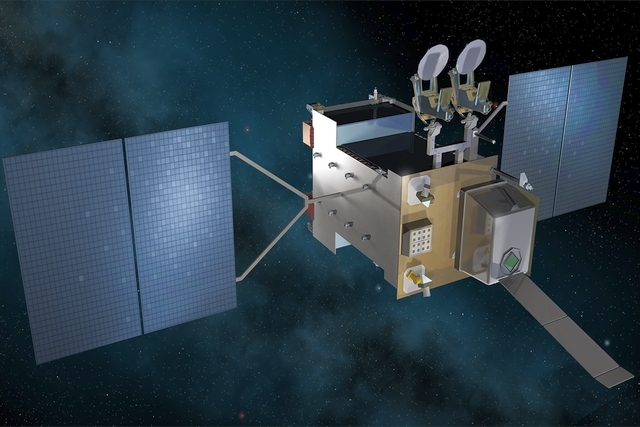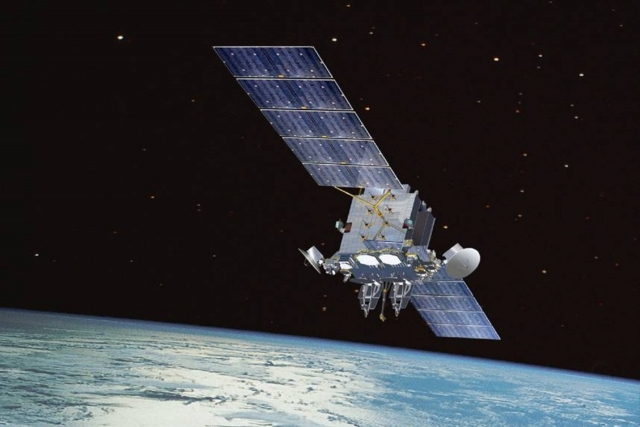US Missile Warning Satellite System Completes Payload Preliminary Design Review

The U.S. Space Force's missile-warning Next Generation Overhead Persistent Infrared (OPIR) Geosynchronous Earth Orbiting (GEO) satellite program, commonly referred to as NGG, completed its preliminary design reviews (PDR) for its two candidate mission payloads, May 21.
The two mission payload provider teams, Raytheon Space and Airborne Systems (RSAS) and Northrop Grumman Aerospace Systems (NGAS) with Ball Aerospace, will each design, manufacture, assemble, integrate, test, and deliver one mission payload to fly on the first two of three planned NGG satellites.
"NGG is a critical piece of our missile warning architecture that will deliver a missile warning system to counter determined adversaries," said Col. Dennis Bythewood, program executive officer for Space Development.
The NGG program is developing two infrared mission payloads in a competitive, parallel development effort to mitigate schedule risks for the first NGG satellite launch in 2025.
The NGG contract was awarded to Lockheed Martin on Aug. 14, 2018 for the design, development, manufacture, integration, test, and delivery of three Next Generation OPIR GEO space vehicles.
Lockheed Martin held a competitive source selection and awarded subcontracts to both RSAS and NGAS/Ball for development and build of two separate mission payloads in October 2018. The Government and Lockheed Martin will determine later which of the payloads will integrate on the first and second satellites. Lockheed Martin will also competitively select one of the two subcontractors to build an additional payload to fly on the third NGG satellite.
The team plans to wrap up the system PDR campaign this fall and drive towards the system critical design review (CDR) in the fall of 2021.
"Our next steps are the build and test of engineering design units, or EDUs, and procurement of critical flight hardware for the first Space Vehicle delivery in 2025,” said Col. Daniel Walter, the Next Generation OPIR Space Segment program manager.











